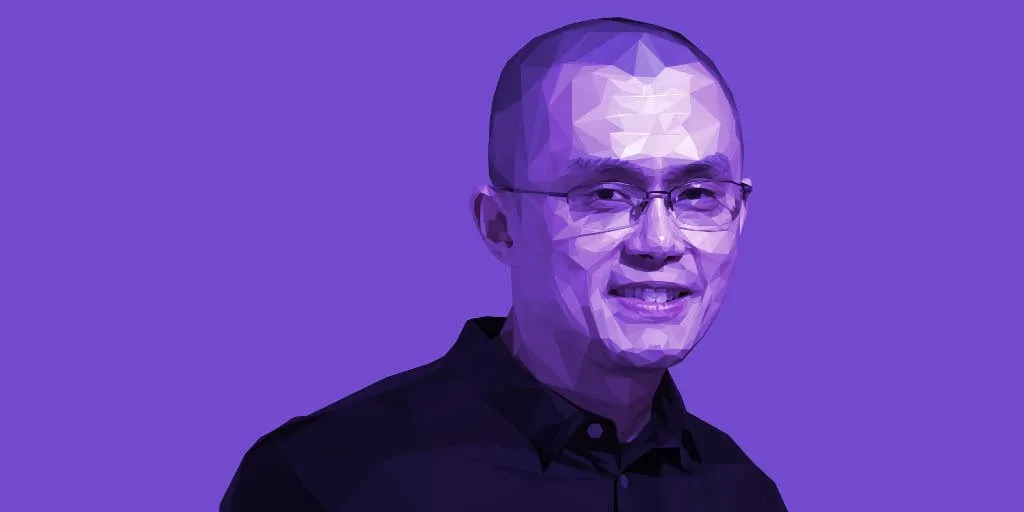Despite the billions of dollars lost when the Terra blockchain’s UST stablecoin de-pegged, Binance CEO Changpeng Zhao believes algorithmic stablecoins still have a place in the crypto world.
The boss of the world’s biggest crypto exchange told Decrypt on the latest episode of the gm podcast that he was “disappointed” with the way Terra’s collapse was handled. The "speed of operational response" was "quite weak," he added. But he also said that fiat-backed stablecoins, like Tether and USDC, are not risk-free either.
“Just because one project fails doesn't mean algo stablecoins will never work,” CZ said. “But algo stablecoins do have, I would say in general, higher risk than fiat-backed stablecoins.”
A stablecoin is a (supposedly) stable cryptocurrency. Unlike Bitcoin and Ethereum, stablecoins don’t swing up and down in price because they are pegged to assets that remain fixed—like the U.S. dollar or Japanese yen. But algorithmic stablecoins maintain their peg using code built into their protocol, rather than being pegged to specific assets in reserve.
“It’s a different type of risk, but much clearer,” CZ said of algorithmic stablecoins. “When you benchmark one asset, when you use one asset for collateral or to peg a different asset, there's always going to be volatility. So that risk is much higher in algo stablecoins.”
Terra founder Do Kwon was held in high regard by crypto investors, and Terra was one of the biggest blockchains, with a market cap of over $30 billion—until it collapsed in May. Terra used computer code to remain stable, but that code ultimately failed, and when Terra's UST lost its peg, it took Terra's other token LUNA down with it.
Stablecoins are a hot topic in the crypto world right now: Every regulator from the U.S. Fed to the Bank of England is talking about how they should be better controlled. This is because they’re the backbone of the crypto economy, and billions of dollars are traded in them daily.
CZ said education will be the key to the future health of stablecoins.
“That one project [Terra] did shine a pretty big light on some of the deficiencies, or some of the higher risks, in this area, which is very important for us to learn,” he said. “I think as users or as industry players, as regulators, we need to educate the masses. We need to increase education on the users. We should be teaching people about different risks about stablecoins in school.”
Listen and subscribe to the gm podcast wherever you get your podcasts.

